#ecosysteme marin
Explore tagged Tumblr posts
Text
"The coral reefs of south Sulawesi are some of the most diverse, colorful and vibrant in the world. At least, they used to be, until they were decimated by dynamite fishing in the 1990s.
As part of a team of coral reef ecologists based in Indonesia and the UK, we study the reefs around Pulau Bontosua, a small Indonesian island in south Sulawesi...
In many places around the world, damage like this might be described as irreparable. But at Pulau Bontosua, the story is different. Here, efforts by the Mars coral restoration program have brought back the coral and important ecosystem functions, as outlined by our new study, published in Current Biology. We found that within just four years, restored reefs grow at the same rate as nearby healthy reefs.
Speedy recovery
The transplanted corals grow remarkably quickly. Within a year, fragments have developed into proper colonies. After two years, they interlock branches with their neighbors. After just four years, they completely overgrow the reef star structures and restoration sites are barely distinguishable from nearby healthy reefs.
The combined growth of many corals generates a complex limestone (calcium carbonate) framework. This provides a habitat for marine life and protects nearby shorelines from storm damage by absorbing up to 97% of coastal wave energy.
We measured the overall growth of the reef framework by calculating its carbonate budget. That's the balance between limestone production (by calcifying corals and coralline algae) and erosion (by grazing sea urchins and fishes, for example). A healthy reef produces up to 20kg of reef structure per square meter per year, while a degraded reef is shrinking rather than growing as erosion exceeds limestone production. Therefore, overall reef growth gives an indication of reef health.
At Pulau Bontosua, our survey data shows that in the years following restoration, coral cover, coral colony sizes, and carbonate production rates tripled. Within four years, restored reefs were growing at the same speed as healthy reefs, and thereby provided the same important ecosystem functions...
Outcomes of any reef restoration project will depend on environmental conditions, natural coral larvae supply, restoration techniques and the effort invested in maintaining the project. This Indonesian project shows that when conditions are right and efforts are well placed, success is possible. Hopefully, this inspires further global efforts to restore functioning coral reefs and to recreate a climate in which they can thrive."
-via Phys.org, March 11, 2024
#coral#coral reef#marine life#marine biology#sea creatures#aquatic#environment#ecology#environmental news#environmental science#climate action#climate hope#ecosystem#conservation#endangered species#indonesia#sulawesi#good news#hope#overfishing#hopepunk#hope posting
5K notes
·
View notes
Text
Des sujets captivants à découvrir dans des vidéos à télécharger
Vous constaterez l’implication profonde de Buzz No Limit envers ses membres à travers sa couverture étendue de sujets captivants et pertinents qui retiennent l’attention dans l’actualité internationale. Qu’il s’agisse de faits divers brûlants, de divertissements attrayants, de sujets culturels ou d’autres domaines, Buzz No Limit s’efforce de répondre aux attentes variées de ses utilisateurs. Pour…

View On WordPress
0 notes
Text

Commission for @irazel ! Really love how this one came out! Was very fun to design a flying fish/shark inspired dragon 🐉🌊🐟 (not to mention dragons are my favourite!)
#digital art#digital illustration#creature#aesthetic#art#creature design#concept art#fantasy creature#fantasy#artwork#art commissions open#monster#speculative biology#speculative evolution#ecosystem#concept design#animal#original art#original creature#nature#dragon art#dragon#wyvern#leviathan#sea serpent#sea dragon#marine life#aquatic#flying fish#ocean
2K notes
·
View notes
Text

Restoring Indigenous aquaculture heals both ecosystems and communities in Hawai‘i
For generations, native Hawaiians have understood that their aquaculture systems, fishponds known as loko i‘a, serve as nurseries that seed fish populations in surrounding waters. For the first time, a team of scientists from the Hawaiʻi Institute of Marine Biology (HIMB) have modeled this feat of Indigenous science in a study.
“We are using science to translate ‘ike kupuna, or Indigenous knowledge, into policy,” said study co-author Kawika Winter, an ecologist at HIMB and He‘eia National Estuarine Research Reserve (NERR).
“The value of this paper is that it’s one of the first, if not the first, to really show that there are ways to do aquaculture in ways that benefit the system around it.”
In partnership with He‘eia NERR and Paepae o He‘eia, a nonprofit organization dedicated to stewarding the He‘eia loko i‘a, an ancient Hawaiian fishpond enclosing 36 hectares (88 acres) of brackish water, the team simulated different restoration scenarios in Kāne‘ohe Bay on O‘ahu Island based on a simplified food web. The study found that restoring more of the bay into fully functional loko iʻa would grow fish populations not just within the ponds, but across the bay.

“Aquaculture has a really bad reputation for basically destroying areas around it, but those are commercial approaches to aquaculture that aren’t holistic in their thinking or values-based like Indigenous management,” Winter said. “Rather than ensuring the health of the system, commercial aquaculture is concerned with maximizing profits.”

Winter attributed the success of the loko i’a design to Indigenous thought processes: “Indigenous thinking is operating within the opportunities and constraints of this system and figuring out a way to make things abundant within that context, sometimes even increasing abundance beyond natural levels.
Restoring ecosystems and relationships
Since co-founding Paepae o He‘eia in 2001, study co-author Hi‘ilei Kawelo, a sixth-generation Hawaiian from Kāne‘ohe Bay, has witnessed thousands of volunteers transform the He‘eia loko i‘a.
With the ongoing restoration, Paepae o He‘eia has seen both the aquatic environment and participants’ well-being improve with increased access to traditional foods, strengthening their relationship to place, and fortifying their family and community relationships. “For me and for a lot of our employees, this is one of our outlets, if not our primary outlet for exercising aloha ‘āina [love of the land],” Kawelo said.
“‘Āina is so important, because it is a term for a system that has the nature and its people in an inseparable reciprocal relationship,” Winter said. “The concept is core to this work because it’s about getting back into a way of thinking where there is no separation between the lands, the waters and us.”
While the overarching goal of Paepae o He‘eia and other fishponds is to revitalize Hawai‘i’s extensive Indigenous aquaculture system, Kotubetey said he knows the work may take generations.
#solarpunk#solar punk#indigenous knowledge#reculture#community#hawai'i#indigenous science#acquaculture#restoration#marine ecosystem
1K notes
·
View notes
Text
When I die, I want them to throw my whole body in the ocean so I have a chance at becoming a human whale fall
#let me sustain the ecosystem#whale fall#ocean#deep sea#fish#marine biology#sharks#oceanposting#sea creatures#science#text post
931 notes
·
View notes
Note
hi
what's this one cause I have questions

1; is it edible
2: fun facts about it
THAMK YOU
That is a flying gurnard (Dactylopterus volitans)!

To answer your first question, they are edible! They're steadily becoming a more popular food choice because they have a relatively low oil content.


The first thing you might notice about this species is their very large pectoral fins. It's believed that their primary use is to scare off predators. Often the fish rest on the seafloor with the large fins tucked in, only displaying them when threatened. Additionally, they have finger-like segments of their pectoral fins which they use to walk across the sea floor.
These fish can also make noises! Using their swim bladder and jaw, they can make a grunt-like sound believed be used to scare off predators or communicate with each other.
#marine biology#science#animal facts#wildlife#biology#marine life#animals#marine ecology#ocean#fun facts#fish#weird fish#fishblr#cool fish#marine ecosystem#marine animals#aquatic#sea creatures#sea life#environment#environmental science#ecology#conservation#environmentalism#flying gurnard#cool animals
484 notes
·
View notes
Text
Did you know that 4000 metres bellow the ocean there are chemosynthetic bacteria that are specifically evolved to digest the wood of trees that have grown on land?
The wood on the sea floor can come from trees that fall into lakes and end up in the ocean, or wooden ships that have sunken. (Called 'Wood-falls')
The reason why deep marine organisms are able to digest wood despite never seeing the light of day, let alone a plant - since plants are unable to grow in the deep ocean because of a lack of sunlight - is because the ocean is so isolated and scarce of food that when a new food source is suddenly available, organisms rapidly evolve to be able to eat it.
This is called 'Adaptive Radiation', and can also occur on isolated islands.

#Ocean#oceanology#marine biology#marine ecology#marine ecosystem#marine life#deep ocean#deep sea#microbiology#oceanography#oceancore#ocean floor#marine#seacore#Sea#deep marine life#sailorcore#fish#the abyssal#oceanic#sea#marine love#fun facts#ocean facts#marine biodiversity#evolution
8K notes
·
View notes
Text

sanji's weird
#one piece#sanji#black leg sanji#usopp#nami#chopper#one piece fanart#OKAY so i only drew this to be funny but also i think this man is one step away from being a marine biologist??#like maybe im biased cos sanjis my fave but listen!! hear me out!!!#he studies fish and ocean ecosystems and fish migration and he appreciates all the different kinds of fish and variety in ocean life#he can tell the difference between a million different fish species and he documents all of them#and can even tell where a fish is from by looking at its characteristics. he knows ocean currents and reefs and coral and like everything#and like yeah its just so he knows how to cook every damn thing in the sea but also its just a genuine passion and love for the ocean#you CANNOT CONVINCE ME that he is not borderline a marine biologist i am very passionate about this#pls tell me other sanji fans have considered/noticed this. pls tell me im not just delusional lol
578 notes
·
View notes
Text
By studying calcifying organisms, Leanne aims to better understand the impacts of human activity on marine ecosystems. Through her research, she hopes to influence policy that helps protect marine calcifiers in the future.
“Why is this important? The idea is that the more porous the shell, the weaker it is. Mussels need strong, robust shells to protect their inner soft organs—and that strong 3D structure is important for ecosystem function as habitat formers and storm defenses.
Currently, the changes seen in shell porosity are not large enough to influence the material properties, so we aren’t seeing weaker shells just yet. But with further warming in our oceans being predicted, this could potentially lead to even more porous shells, potentially impacting mussels’ function as habitat formers and storm defenses, as well as their ability to protect themselves from predation,” Melbourne explains.
Learn more about her research here.
#science#museum#amnh#natural history#nature#marine biology#marine ecosystem#mussels#bivalve#did you know#fact of the day#research#women in stem#climate change#conservation#earth month#earth day
371 notes
·
View notes
Text

Convergent evolution is the evolution of 'analogous' or similar structures in organisms that are not closely related. Such as the wings of insects, birds and bats. One potential example of this is the Diplomoceras maximum, an extinct squid-like creature who is clearly analogous to, or a distant cousin of Clippy the paperclip. This amazing creature lived 68 million years ago, with the most notable fossil found at the cephalopod rich López de Bertodano Formation of Seymour Island, Antarctica. An area that was formerly warmer before further movement of tectonic plates. The fossil shell measured an impressive 1.5 metres and is formed from ridges, speculated to grow a section annually. These ribs are thought be similar to tree rings, being used for dating samples and gaining insight about the environment of the prehistoric sea, such as measuring the carbon and oxygen isotopes in the shell. Paleoart by James McKay
#marine biology#marine life#marine animals#ocean animals#marine zoology#cephalopods#molluscs#paleontology#fossils#ocean#wet beast wednesday#marine ecosystem#marine#zoology#animal facts#animalia#animal#sea animals#sea creature#sea creatures#sea life#ocean life
202 notes
·
View notes
Text

mentally i’m here
#color#marine ecosystem#marine life#sea critters#sea life#oceancore#ocean#nudibranch#mentally i’m here#sea slug#nature therapy#nature#nature theme#underwater#aquatic#rainbow#lgbtqia#pride month#nature beauty#ocean creatures
57 notes
·
View notes
Text
"Discarded shells from restaurants and hotels are being used to restore damaged oyster ecosystems, promote biodiversity and lower pollution in the city’s bays...
Nestled in between the South China Sea and the Pearl River Delta, Hong Kong has been seen historically as an oyster hotspot. “They have been supporting our livelihood since ancient times,” says Anniqa Law Chung-kiu, a project manager at the Nature Conservancy (TNC) in Hong Kong. “Both oysters and their shells are treasures to humans.”
Over the past five decades, however, the city’s sprawling urban development, water pollution, as well as the over-harvesting and frequent seafloor dredging by the lime industry – which uses the crushed shells to make construction material – have destroyed Hong Kong’s oyster habitats and made the waters less hospitable for biodiversity.
The more oyster colonies falter, the worse the problem gets: oysters are filter feeders and purify water by gobbling up impurities. Just one Hong Kong oyster can filter up to 200 litres of water a day, more than any other known oyster species. But decades of rapid industrialisation have largely halted their water-purifying services.
The depletion of Hong Kong’s natural oyster reefs also affects the ability of local farmers to sustainably cultivate their oysters in a healthy environment, denting the reputation of the city’s 700-year oyster farming tradition, designated by Unesco as an “intangible cultural heritage”.
Inhabitants of the coast feel abandoned, says Ken Cheng Wai-kwan, the community leader of Ha Pak Nai on Hong Kong’s Deep Bay, facing the commercial city of Shenzhen in China. “This place is forgotten,” Cheng says. “Oysters have been rooted here for over 400 years. I ask the question: do we want to lose it, or not?”
A group of activists and scientists are taking up the challenge by collecting discarded oyster shells and recycling them to rebuild some of the reefs that have been destroyed and forgotten in the hope the oysters may make a comeback. They’ve selected locations around the island where data they’ve collected suggests ecosystems still have the potential to be rebooted, and there are still enough oyster larvae to recolonise and repopulate reefs. Ideally, this will have a positive effect on local biodiversity as a whole, and farming communities.
Farmers from Ha Pak Nai were among the first to hand over their discarded shells to the TNC team for recycling. Law’s team works with eight oyster farmers from Deep Bay to recycle up to 10 tonnes of shells every year [over 22,000 pounds]. They collect an average of 870kg every week [over 1,900 pounds] from 12 hotels, supermarkets, clubhouses and seafood restaurants in the city, including some of its most fashionable establishments. About 80 tonnes of shells [over 176,000 pounds] have been recycled since the project began in 2020.
Restaurants will soon be further incentivised to recycle the shells when Hong Kong introduces a new fee for waste removal – something that is routine in many countries, but only became law in Hong Kong in July and remains controversial...
Preliminary data shows some of the restored reefs have started to increase the levels of biodiversity, but more research is needed to determine to what extent they are contributing to the filtering of the water, says Law.
Scientists from the City University of Hong Kong are also looking to use oyster shells to increase biodiversity on the city’s concrete seawalls. They hope to provide tiny, wet shelter spots around the seawall in which organisms can find refuge during low tide.
“It’s a form of soft engineering, like a nature-based solution,” says Charlene Lai, a research assistant on the team."
-via The Guardian, December 22, 2023
#oyster#oyster farming#sea shells#seafood#hong kong#ecosystem restoration#biodiversity#ecosystem#water pollution#clean water#cultural heritage#marine life#marine animals#marine science#good news#hope
805 notes
·
View notes
Text
The strange world of brine pools.

Deep under the sea, there are pools of water, separate from the rest of the ocean. Created when water seeps down through the ocean floor, mixing with long buried salt deposits, resulting in these highly saline pools.
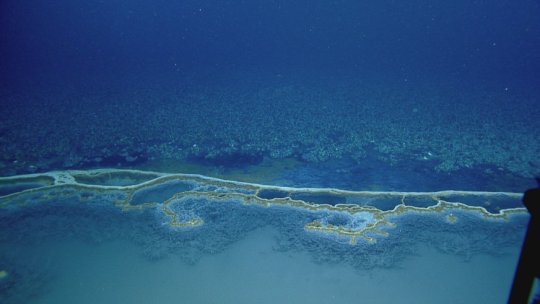
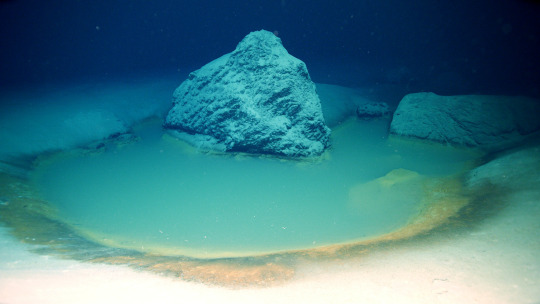
The brine itself is uninhabitable for the vast majority of creatures. The lack of oxygen and extremely high salt content quickly sends just about any creature that enters them into toxic shock.
Still, these pools are oases of life on the sparsely populated abyssal plane. The mineral-rich water provides much-needed nutrients to life surrounding these toxic waters.
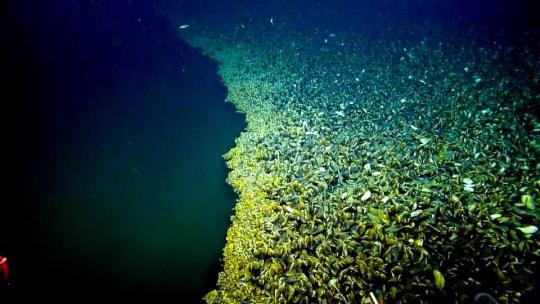
#ocean#ocean life#ocean facts#nature facts#deep sea#Brine pools#fishblr#marine biology#ecosystem#nature
575 notes
·
View notes
Text
my autism is a perpetual motion machine of small joys and minor inconveniences and embarassments. a shark swam next to me at the beach and I was so happy I ran out of the water throwing my arms around screaming “SHARK!! SHARK IN THE WATER!!” .. this does not transfer over well to the average beachgoer.
#he was a horn shark!!#so I was not worried lol#it was crazy insane tho bc they’re one of my favorite sharks ever#so I was like “omg I’m in the water yay I love the beach#and then he Appeared like a foot in front of me and I was like O.O#anyways I love sharks#shoutout to California ecosystems#I love u biodiversity#long tags sorry#marine biology#this was in my drafts from a year ago and am now sharing it lol#marine bio#biology#fish#shark#horn shark#cartilaginous fish#shark lover#autism#intense interest#special interest#the fixation is real#ocean#ocean lover#marine science#neurodivergent#science#sharkposting#bio#post
19 notes
·
View notes
Text
SUNFISH
Mola mola






X X X
"Mr. Sunfish" Song by YonKaGor, Kennedy, Jennifer. "Ocean Sunfish Facts." ThoughtCo, Apr. 5, 2023, thoughtco.com/facts-about-ocean-sunfish-2291599.
#tex weaves#sunfish#marine biology#web weavings#yonkagor#words#fave#sick and tired of ppl calling them useless or ugly or whatever like. they're so important to the ecosystem they're so special!!!
22 notes
·
View notes
Text
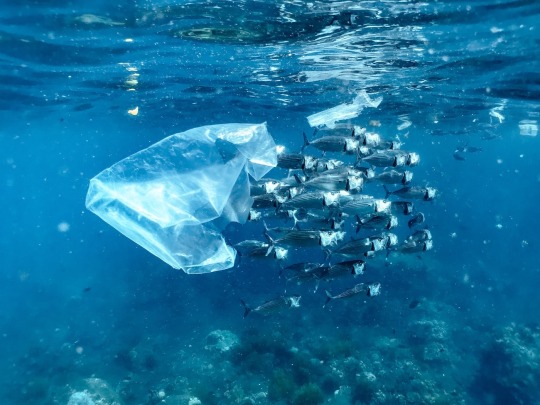
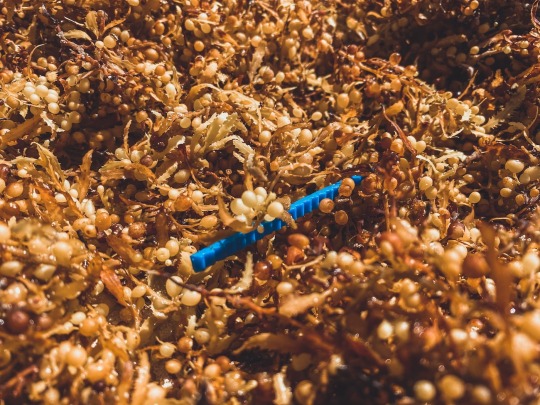
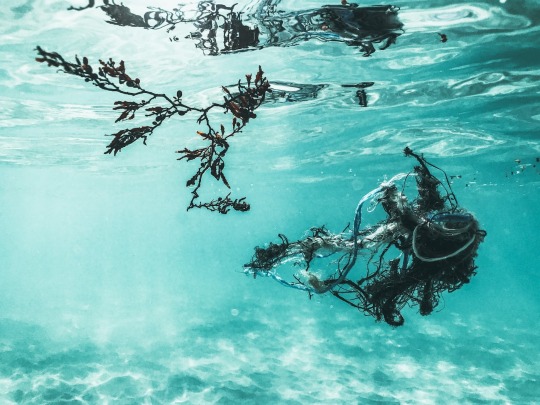
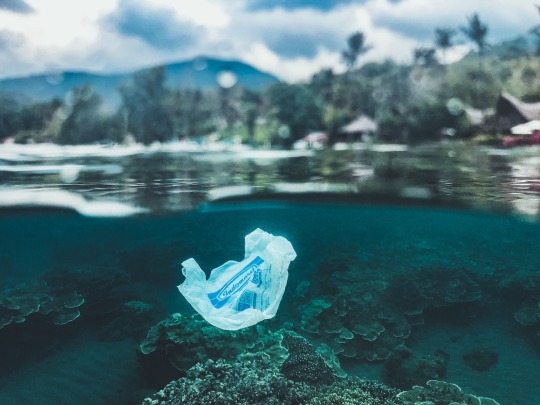
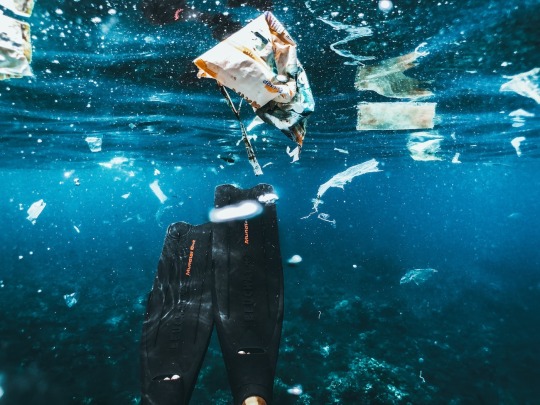

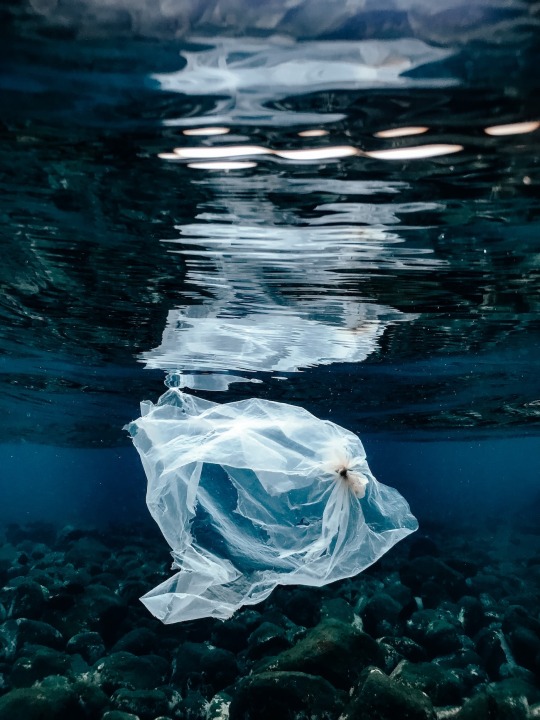
Powerful Photos by Naja Bertolt Jensen
#ocean#sea#underwater#animal#saltwater#photography#water#fish#dive#pollution#seaweed#algae#sea life#marine animal#marine wildlife#marine conservation#marine ecosystem#ocean conservation#ocean life
67 notes
·
View notes